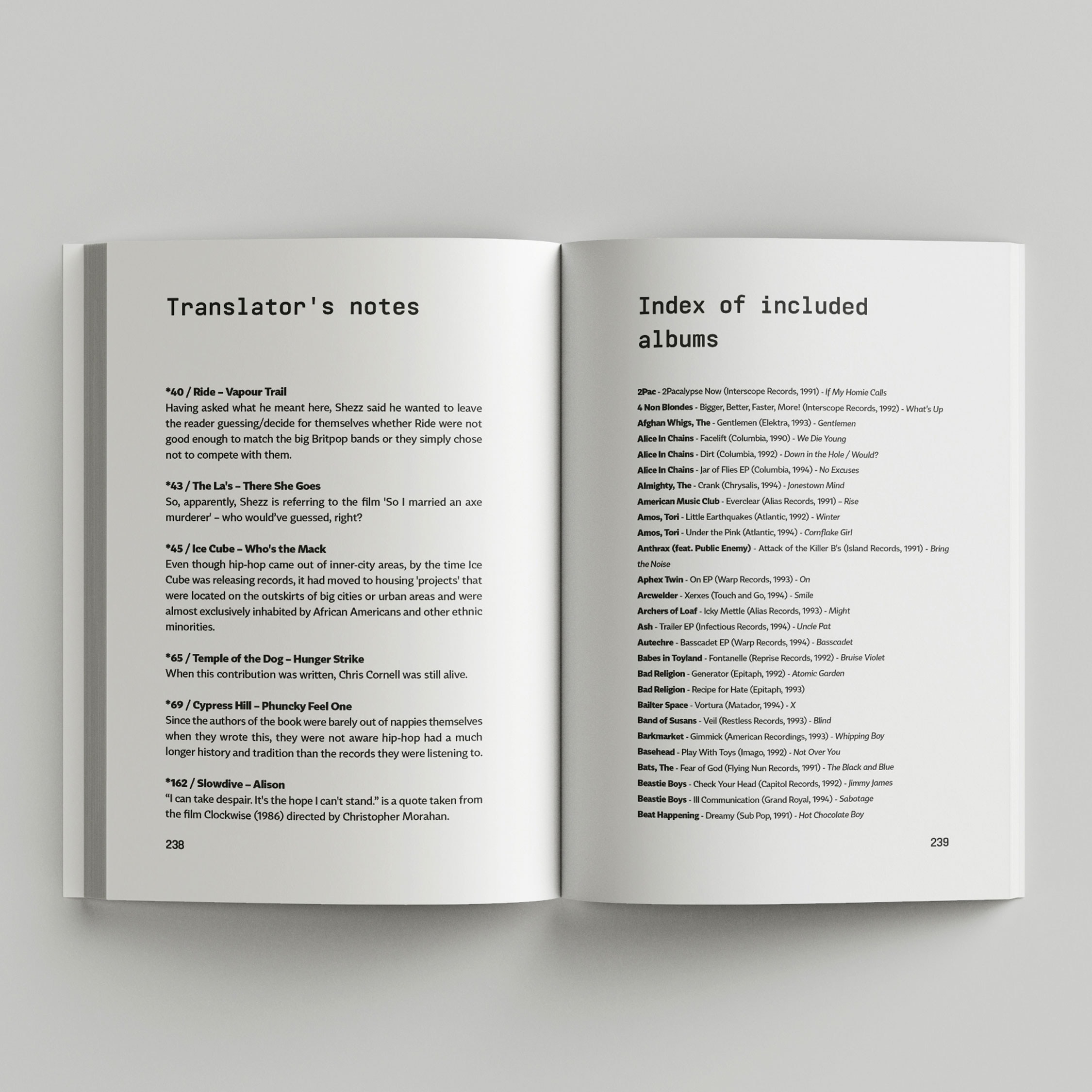The heavy clouds on the radio airwaves were dispersed by fresh winds from sunny California. There, since the end of the 1980s, various forms of punk rock had been successfully infected with pop melodies. The local pop punk underground flourished, ploughed by bands giving concerts, stirred by the supervision of punk fanzines, and watered by a shower of recordings from independent labels. It was only a matter of time before this subculture found itself in the field of vision of talent scouts of big companies in search of a musical alternative.
The heavy clouds on the radio airwaves were dispersed by fresh winds from sunny California. There, since the end of the 1980s, various forms of punk rock had been successfully infected with pop melodies. The local pop punk underground flourished, ploughed by bands giving concerts, stirred by the supervision of punk fanzines, and watered by a shower of recordings from independent labels. It was only a matter of time before this subculture found itself in the field of vision of talent scouts of big companies in search of a musical alternative.
Only two months after Green Day, The Offspring also released their third album. Their noticeably harder, stormier, but no less melodious Smash came out on an independent label. The single Come Out and Play was to prepare the ground for it. The catchy slogan in the chorus and the unusual, oriental, guitar riff worked in a way that no one expected. The song was made into a radio hit and the album one of the musical sensations of the year, which at the time of its release set the record for the best-selling independent record ever and sold more than ten million copies worldwide. Nothing could stop the punk rock avalanche now.
***
The strong Caribbean community brought from its birthplace the tradition of 'soundsystems', a DJ grouping, which, with a crate of records and a pair of powerful speakers, unleashed fun not only in dance clubs but also from the bonnet of a car and right on the street. At first, they mainly played home genres like 'ska', 'dub', and especially 'reggae', but with the arrival of the '80s they also liked the increasingly widespread hip-hop, which equally respected and developed the work with the gramophone and vinyl records. Together with it, the soundsystem cocktail soaked in the scent of soul and R&B, as well as the art of rap and sampling. It was to be expected that it would not stop at playing records eclectically and that this wild bunch of genres would one day mature into a music form in its own right.
Thus, when one of the sophisticated soundsystems started its own work under the name Massive Attack, it did not have to look for inspiration for its sound for a long time. On their second record, Protection, released in 1994, they effortlessly fused the lilting rhythms of reggae, sample fragments, and hypnotic beats with elements of electronic music, while the instinctive flow of their half-rapped, half-declaimed lyrics was softened by velvety vocals. Portishead, who debuted in the same year, could also rely on an exceptional singer; yet they also could not deny their hip-hop roots. Although their album Dummy did without a single rapped verse, they densely layered their stealthily stepping beats with nerve-wracking scratching. Artfully selected samples lent the record the insistent drama of film music. An essential sound component of both bands was slow tempos, as well as a mysterious, sensual, aura surrounding their compositions. It was this evocative mood that gave birth to the genre label 'trip-hop', even though the bands themselves fought this term tooth and nail.

Green Day – Basket Case (Kubsson)
Therapy for neurotics by Dr. Punk-rock, live from the asylum. I just love how the bass and drums nail it when they join the singer and his guitar in the first chorus, the bridge fits there like a butt on a bog. But I only fully enjoy it when it's together with the video. Such noise from psychiatric patients is not a common thing to see.
Massive Attack – Karmacoma (Rasťo)
An anxious video entering the area of a feverish dream, where the imagination gets out of control and its relentlessly restful steps are heading towards a nightmare. Rooms of the hotel where you would not want to spend the night uncover their secrets and an obsessive beat underscores a thickening atmosphere in a strained expectation of the story's climax.
The Cranberries – Zombie (Julian)
Thirty years of conflict in the British Isles ended just weeks after the release of this song, and it serves as a powerful reminder of a dark period in Anglo-Irish history. Condemning the mindset of young men fighting an endless battle using the weapons of fear and terror, its message remains extremely potent today.
Click here to find out where to get the book
You have finished reading all of the samples.